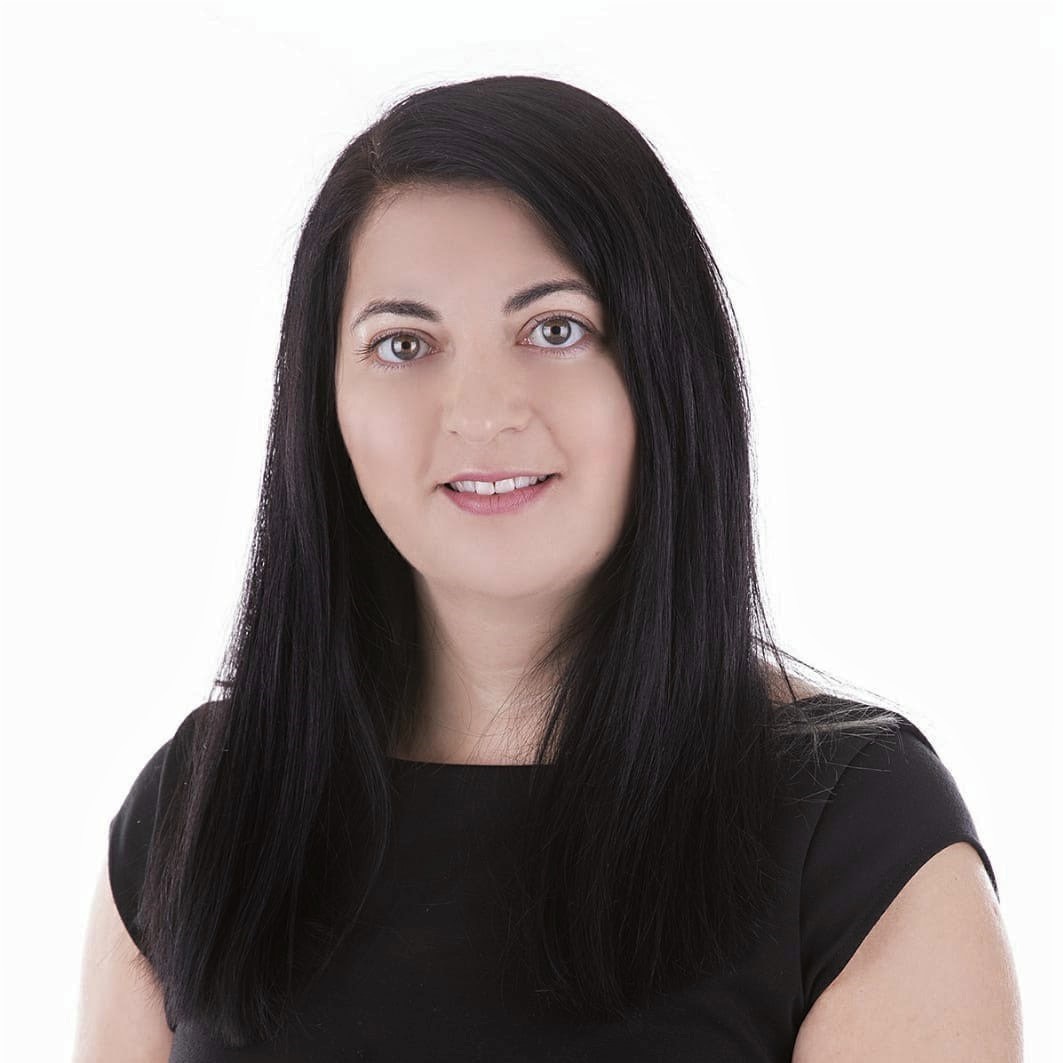XR Remote Expert Guidance
- Olga Resnik
- Aug 12
- 2 min read
In my last post, I explored how to match XR features to real-world use cases. Today, we’ll look at another example—how XR can assist field technicians with remote expert guidance.
XR can enable young and untrained technicians to receive expert guidance remotely.
A back-office expert can see what the field technician sees and provide precise instructions by pointing at objects in real time.
The fields of application of this use case are very wide especially in the industrial, automotive, medical and military applications. Just imagine how this can transform the technical training, onboarding and professional learning.
This can be a real game changer for many industries.
What features does an XR system need to make the XR Remote Expert Guidance use case work effectively?
See the detailed analysis of this common use-case and a full XR feature mapping.
Use Case#2: XR Remote Expert Guidance for Field Technicians
🟩 Key Features
Display (Feature#1): Navigation instructions can be provided visually via display – trade-off with audio or possible future product enhancement.
AR Overlay (Feature#5): Display augmentation on real world objects provides the function of “pointing” on real world objects remotely. Natural real-world vision in combination with AR overlays gives precise remote guidance.
Data storage (Feature#6): Video recording for real-time processing and post-mission debriefing and learning.
Multi-User Interaction (Feature#13): Adds real-time team collaboration —share insights and info with your colleagues on the spot.
🟨 Trade-Offs & Optional Enhancements
Additional features can improve image data and enhance decision-making with "smart vision" and "super vision" capabilities.
Let’s explore the trade-offs involved in choosing features for this use case:
MR (Feature#4): Video pass-through is an option, but this often results in a lower-quality user experience system architecture.
Smart Vision (Feature#7): AI-powered video processing can be helpful for objects recognition.
Super Vision (Feature#8): Multi-spectral imaging (infrared, thermal) can enhance image data collection for additional information not visible by unaided vision.
3DoF tracking (Feature#9): To ensure instructions stay locked to real-world objects during head movements and provide Display Orientation Stability 3DoF tracking is required.
These enhancements aren’t essential but can significantly improve functionality.
How can we help you with XR Design?
While finding an existing hardware platform for this specific use case may be tricky, we at JOYA Team, help companies design tailor-made products with the focused minimal feature set specifically needed for your use case.
This can help you minimize the design effort and build your product gradually step-by-step starting from minimal feature set and gradually adding and expanding them working to reach the product development milestones, depending on project goals, budget, and time constraints.
Find out more about our experience in the AR Design field.
Contact us to learn more and develop your XR application together.














Comments